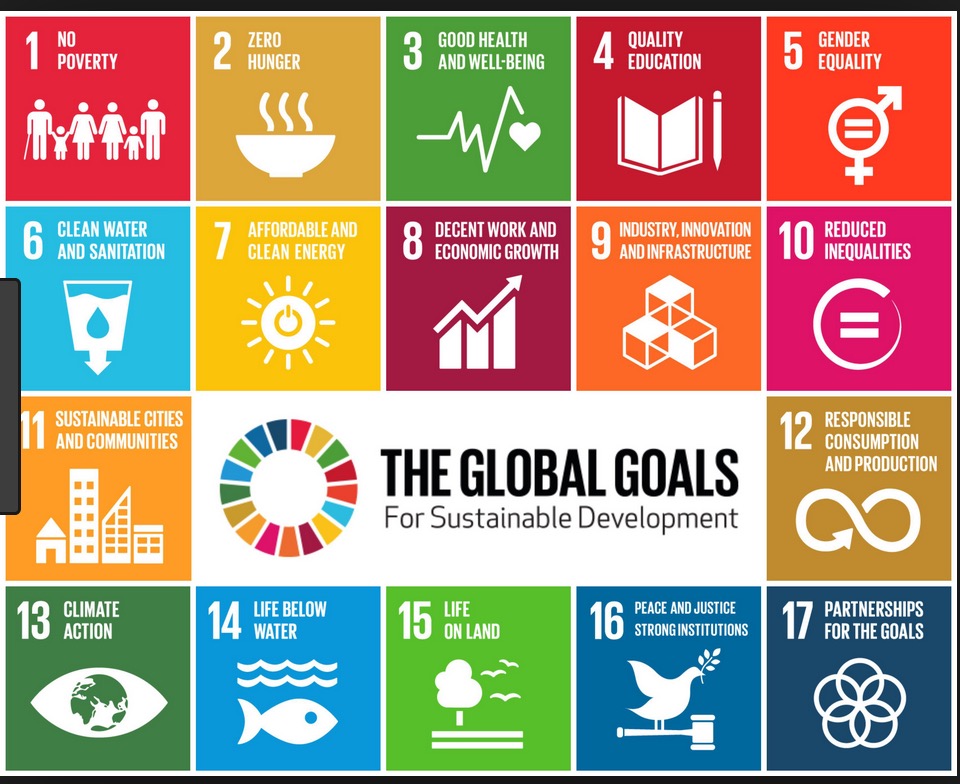 Our January theme is ‘Getting Ready for Change’. One of the biggest changes is that infrastructure is no longer a national, but a global game.
Our January theme is ‘Getting Ready for Change’. One of the biggest changes is that infrastructure is no longer a national, but a global game.
In the last several posts we briefly looked at the issues being addressed at the World Economic Forum. But WEF is not Australia’s only major international commitment impacting our infrastructure decisions.
The Australian Government is also a signatory, along with over 190 other countries, to the United Nations 17 sustainable development goals, or SDGs. This requires the co-operation of all levels of government, all business and really all individual Australians. Yet how many of us are even aware of these goals?
The Senate has recently opened an inquiry into the implementation of the SDGs and we will look at this next few posts. But first, consider the goals themselves. Unlike the United Nations’ earlier Millenial Goals which focussed on developing countries, the SDGs apply to all, developing and developed alike.

One of the first steps is getting ready for change is to be aware of the global game we are now playing in.
So Three questions today:
- On an individual level: how many of the goals apply to consumption choices you make?
- On an organisational level: how many of the goals apply to the work your organisation does?
- On a government level: how many of the goals apply to the decisions our governments make (at all levels)?
If you would like to share your thoughts on these issues, please do – just click in the menu above the item ‘leave a comment’.

There is at least one missing goal – the ‘elephant in the room’ – population control. It may be implicit in some of the goals, but it needs to be explicit. Without population control most of the goals are not achievable. When India and China and all the other nations of the world are largely middle-class societies we will have exhausted the Earth’s resources. And planning to go to Mars and other planets to make use of their resources when ours are fast running out is not the answer.
And Goal 8 – economic growth – should be ‘sustainable economic growth’.
Certainly the SDGs won’t be achieved if not achieved at our local level. But the systems we’ve created globally, nationally and in each state influence what is possible at our local level. For instance, how Banks assess loans may influence what gets funded, and the funded projects will support achievement of the SDGs, or thwart it. Government legislation also needs to assist local people to look after “Life on Land” etc while not negatively affecting other goals, e.g. “Life under Water”.
We are now in the period of finding out what is “enough”. The time for recklessly forging ahead (a la 1980s) is finished.